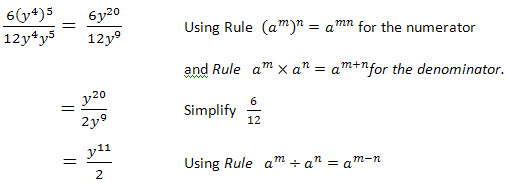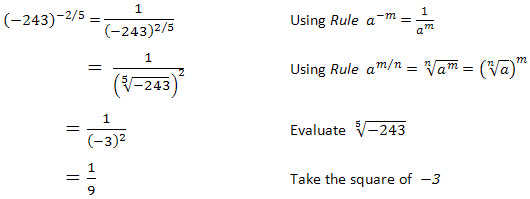Let me tell you about this topic,
First of all, it's about the patterns;
Patterns
refer to usual types of procedures or rules that can be followed.
Patterns
are useful to predict what came before or what might come after a set a numbers that arranged
in a particular order. This
arrangement of numbers is called a sequence.
For
example:
3,6,9,12 and 15 are numbers that form a
pattern called a sequence
The
numbers that are in the sequence are called terms.
Introduction
Arithmetic
sequence (arithmetic progression) is a sequence of numbers in which the
difference between any two consecutive numbers or expressions is the same.
while..
Geometric
sequence is a sequence of numbers in which each term is formed by multiplying the previous term by
the same number or expression.
Solving..
How to find or solving the problem of ARITHMETIC SEQUENCE in the next three terms??
This is an example and the working that I want to show you..
For example, the sequence is 7, 12, 17, 22, ... is an arithmetic progression with adding 5 to each term.
The next three terms are:
22 + 5 = 27
27 + 5 = 32
32 + 5 = 37
Second example, the sequence 11, 9, 7, 5, 3,... is an arithmetic progression with common difference 2.
The next three terms are:
3 - 2 = 1
1 - 2 = -1
-1 - (-2) = -3
Third example, the sequence 20, 10, 0, -10, ...is an arithmetic progression with common difference 10
The next three terms are:
-10 - 10 = -20
-20 - 10 = -30
-30 - 10 = -40
*Look
for a pattern: usually a procedure or rule that uses the same number or
expression each time to find the next term.
Notation
We denote by d the common difference.
By an we do denote the n-th term of an arithemetic progression.
By Sn we denote the sum of the first n elements of an arithmetic series.
Arithmetic series means the sum of the element of an arithmetic progression.
Properites
a1 + an = a2 + an-1 = ... = ak + an-k+1
and
an = ½(an-1 + an+1)
Sample: let 1, 11, 21, 31, 41, 51... be an arithmetic progression.
51 + 1 = 41 + 11 = 31 = 21
and
11 = (21 + 1) / 2
21 = (31 + 11) / 2...
If the initial term of an arithmetic progression is a1 and the common difference of successive members is d, then the n-th term of the sequence is given by
an = a1 + (n - 1)d, n = 1, 2, ...
The sum S of the first n numbers of an arithmetic progression is given by the formula:
S = ½(a1 + an)n
where a1 is the first term and an the last one.
or
S = ½(2a1 + d(n-1))n
Next, how to find or solving the problem of GEOMETRIC SEQUENCE in the next three terms??
For example, the sequence is 3, 9, 27, 81, ... is an geometric progression by multiply 3 to each term.
The next three terms are:
81 x 3 = 243
243 x 3 = 729
729 x 3 = 2187
Second example, the sequence is 528, 256, 128, 64,... is an geometric progression to divide by 2 to each term.
The next three terms are:
64 / 2 = 32
32 / 2 = 16
16 / 2 = 8
*Look for a pattern: usually a procedure or rule that uses the same number or expression each time to find the next term.
A geometric sequence can be written as:
aq0=a, aq1=aq, aq2, q3, ... where q ≠ 0, q is the common ratio and a is a scale factor.
Formulae for the n-th term can be defined as:
an = an-1.q
an = a1.qn-1
The common ratio then is:
A sequence with a common ratio of 2 and a scale factor of 1 is 1, 2, 4, 8, 16, 32...
A sequence with a common ratio of -1 and a scale factor of 5 is 5, -5, 5, -5, 5, -5,...
If the common ratio is:
- Negative, the results will alternate between positive and negative.
- Greater than 1, there will be exponential growth towards infinity (positive).
- Less than -1, there will be exponential growth towards infinity (positive and negative).
- Between 1 and -1, there will be exponential decay towards zero.
- Zero, the results will remain at zero
Geometric Progression Properties
a2k = ak-1.ak+1
a1.an = a2.an-1 =...= ak.an-k+1
Formula for the sum of the first n numbers of a geometric series





















